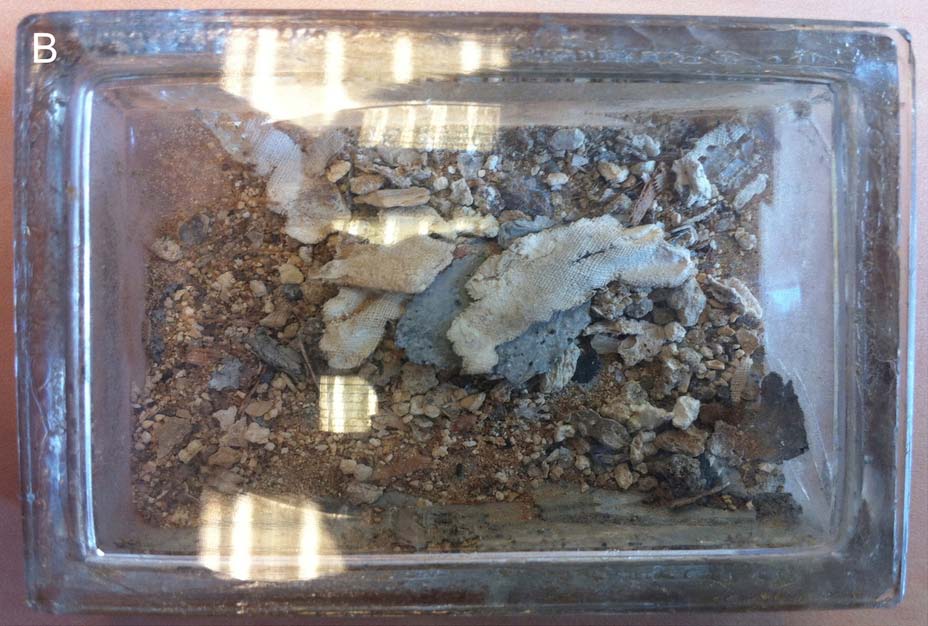
A group of French researchers have published a paper in which they reveal how King Richard I, also known as Richard the Lionheart, had its heart mummified after he succumbed from gangrene in 1199. Apparently the great monarch’s heart was preserved in mercury, mint and frankincense, among other sweet-smelling plants.
As it was customary at the time, Richard’s heart was removed and preserved separately from the body, in a process whose substance use is biblical. “The aim was to approach the odor of sanctity,” said study leader Philippe Charlier of University Hospital R. Poincaré.
Previously, there were a lot of theories that claimed Richard was poisoned. The forensic science chemical analysis revealed that in fact Richard the Lionheart died of gangrene, 12 days after sustaining a crossbow wound in Chalus, France. Also, it was confirmed that he died in April, 1199, ending his ten-year rule.

His heart was embalmed and placed in its own casket and taken to Notre Dame in Rouen, where it remained lost and forgotten until its discovery in July 1838 by a local historian. After all these centuries, all what remained out of the good king’s heart was dust – a brownish-white powder.
It was this powder that the researchers used for their analysis, in which they found traces of proteins found in human heart muscles and tiny fragments of linen, suggesting the heart was wrapped. Preserving agents traced were mercury, which has been found in other medieval burials and was probably used as an embalming agent, along with medicinal plants like myrtle, daisy, mint, pine, oak, poplar, plantain and bellflower and more.
The findings, report in a paper published in the journal Scientific Reports, come shortly after earlier last month it was confirmed that Richard III’s remains had been found beneath a Leicester car park.


